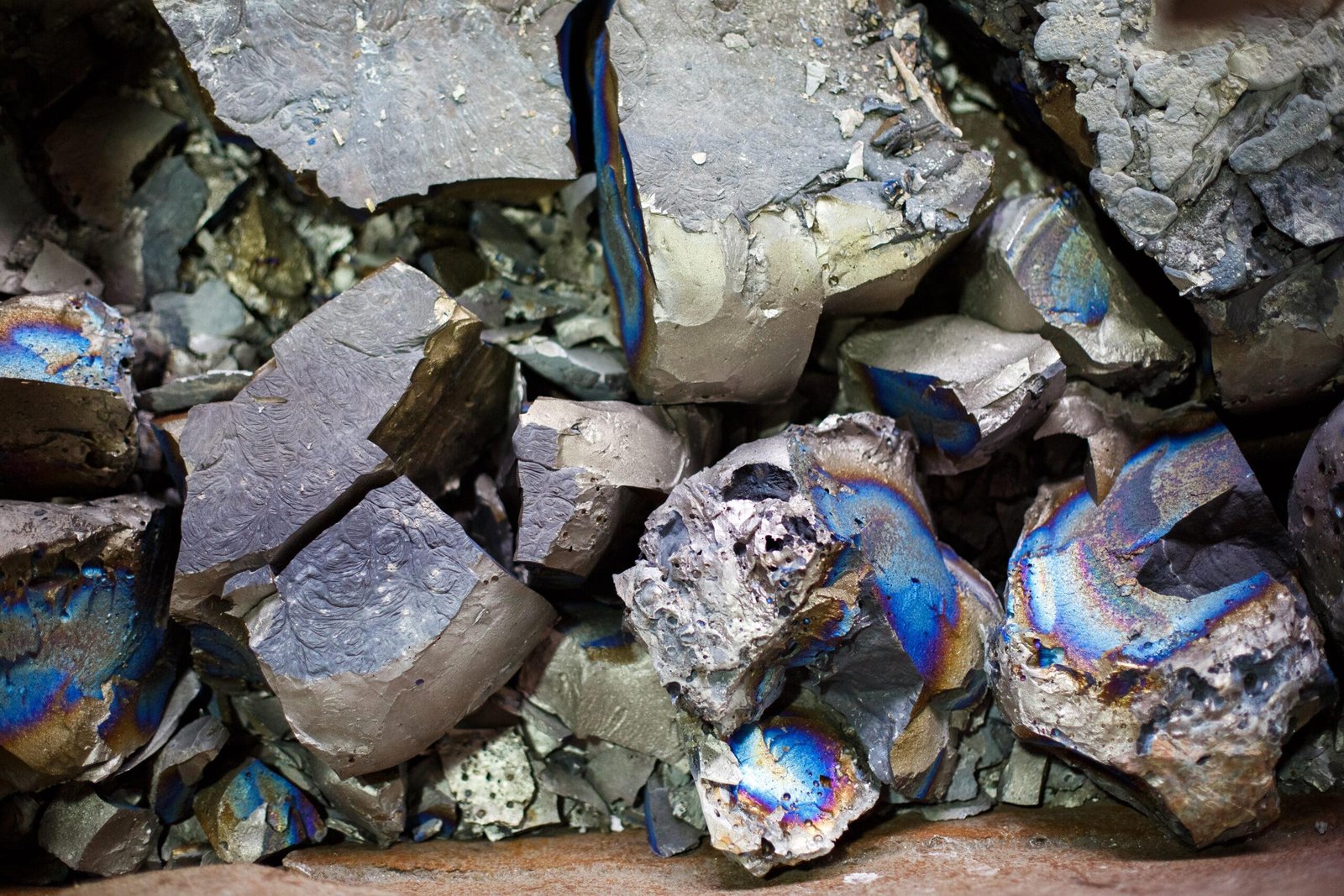Introduction
The steel industry, a major contributor to global carbon emissions, is undergoing a revolutionary transformation toward low-carbon steelmaking. The emergence of green steel—produced using clean energy sources and innovative technologies—presents a crucial opportunity to decarbonize the sector. With government mandates, corporate commitments, and rapid technological advancements, the green steel market is experiencing significant growth.
Key Technological Advancements in Low-Carbon Steelmaking
Innovative technologies are reshaping steel production, making it more sustainable and energy-efficient. The most impactful advancements include:
1. Hydrogen-Based Direct Reduced Iron (H-DRI)
One of the most promising solutions for green steel production is using hydrogen as a reducing agent instead of carbon-intensive coke.
-
Process: Hydrogen reacts with iron ore to produce direct reduced iron (DRI), which is then processed in an electric arc furnace (EAF).
-
Benefits: Eliminates CO2 emissions from steel production when using green hydrogen generated from renewable sources.
-
Leading Companies: SSAB, ArcelorMittal, and Thyssenkrupp are pioneering large-scale hydrogen-based steelmaking projects.
2. Electric Arc Furnaces (EAFs) and Scrap Recycling
Electric arc furnaces powered by renewable energy offer a low-carbon alternative to traditional blast furnace steelmaking.
-
Process: Uses scrap steel as a raw material, melted in EAFs using electricity.
-
Benefits: Significantly reduces CO2 emissions and conserves natural resources.
-
Leading Companies: Nucor, Cleveland-Cliffs, and Tata Steel are investing in EAF expansion.
3. Carbon Capture, Utilization, and Storage (CCUS)
CCUS technology captures and repurposes CO2 emissions from steel plants, reducing their environmental impact.
-
Process: Captured CO2 can be stored underground or converted into useful by-products like synthetic fuels.
-
Benefits: Enables emission reductions in traditional steelmaking while transitioning to greener methods.
-
Leading Companies: POSCO, Baowu Steel, and Emirates Steel are implementing CCUS solutions.
4. Biomass and Biochar in Steel Production
Biomass-based carbon sources, such as biochar, serve as sustainable substitutes for coal in steelmaking.
-
Process: Biochar is used as a reducing agent in blast furnaces, lowering CO2 emissions.
-
Benefits: Provides a renewable and carbon-neutral approach to steel manufacturing.
-
Leading Companies: Brazilian steelmakers like Gerdau are exploring biomass-based technologies.
5. Digitalization and AI-Driven Process Optimization
Artificial intelligence (AI) and digitalization are revolutionizing efficiency and sustainability in steel production.
-
Process: AI-powered predictive analytics optimize energy use, reduce waste, and improve material efficiency.
-
Benefits: Enhances process efficiency and reduces carbon emissions through smart decision-making.
-
Leading Companies: Thyssenkrupp and Tata Steel are integrating AI-driven automation in their green steel operations.
Regional Adoption of Low-Carbon Steel Technologies
1. Europe: A Pioneer in Green Steel Innovation
-
Strong government incentives and EU carbon pricing drive investment in hydrogen-based steelmaking.
-
Major projects include HYBRIT (Sweden) and H2 Green Steel (Germany).
2. North America: Investment in EAFs and Hydrogen Technologies
-
The U.S. and Canada are prioritizing EAF expansion and hydrogen research.
-
Companies like Nucor and U.S. Steel are leading EAF adoption.
3. Asia-Pacific: Rapid Technological Shift
-
China and Japan are exploring hydrogen-based steel and CCUS projects.
-
Baowu Steel and POSCO are key players in advancing green steel technologies.
Future Outlook
The green steel industry is set for rapid expansion, with low-carbon technologies driving sustainability. By 2050, hydrogen-based steelmaking and circular economy practices will dominate the market, ensuring a more sustainable and net-zero future for the global steel industry.
Conclusion
The transition to low-carbon steelmaking is gaining momentum, driven by technological advancements, policy support, and corporate sustainability commitments. With hydrogen, EAFs, CCUS, and AI-driven innovations, the steel industry is on a clear path toward reducing its environmental impact and achieving carbon neutrality. The coming decades will be crucial in scaling up these solutions, reshaping the global steel market toward a cleaner and greener future.







